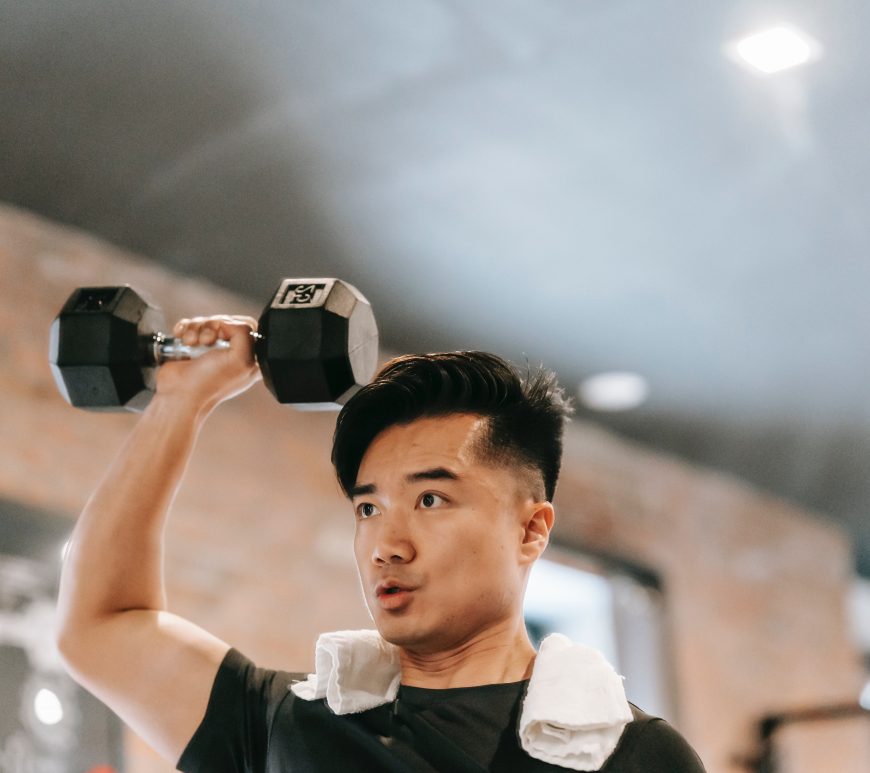
How effective is vibration therapy in improving Glenohumeral internal rotation?
In 2016, a study led by W. Steven Tucker and Stephen W. Slone has highlighted the potential benefits of combining proprioceptive neuromuscular facilitation (PNF) stretching with vibration therapy to improve shoulder mobility in athletes suffering from Glenohumeral Internal-Rotation Deficit (GIRD). This condition, commonly affecting overhead athletes, can lead to a reduced range of motion in the shoulder, limiting performance and increasing the risk of injury. … Continue reading How effective is vibration therapy in improving Glenohumeral internal rotation?

